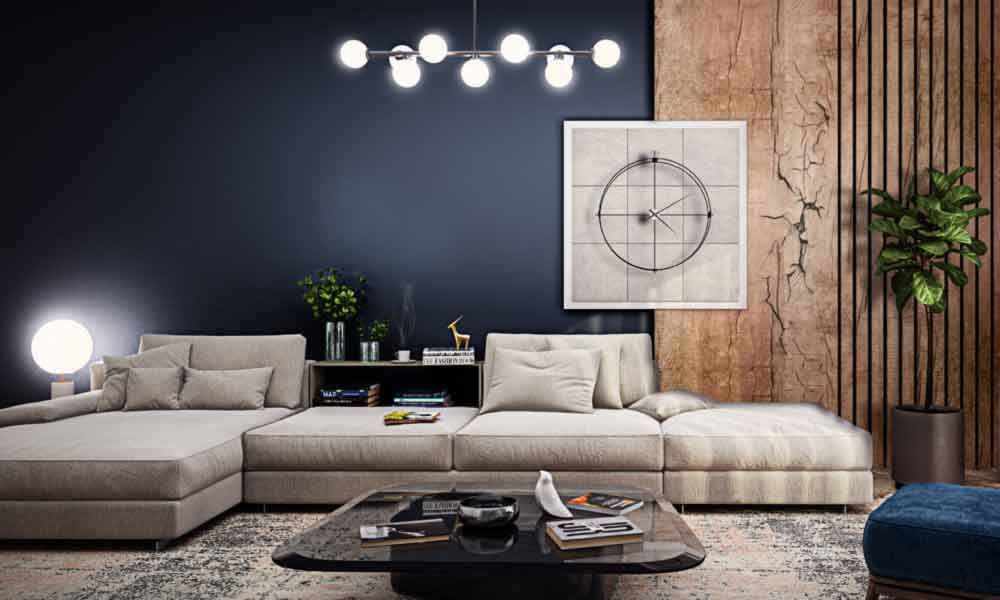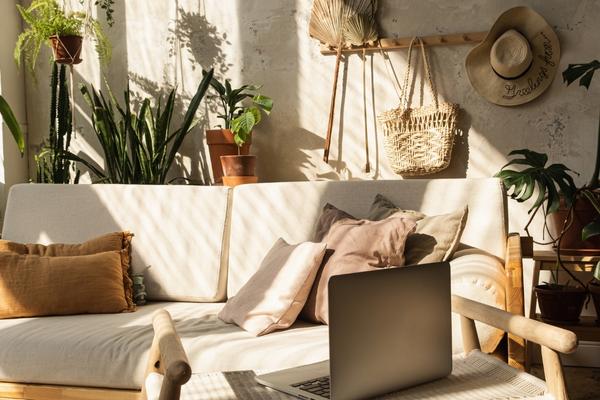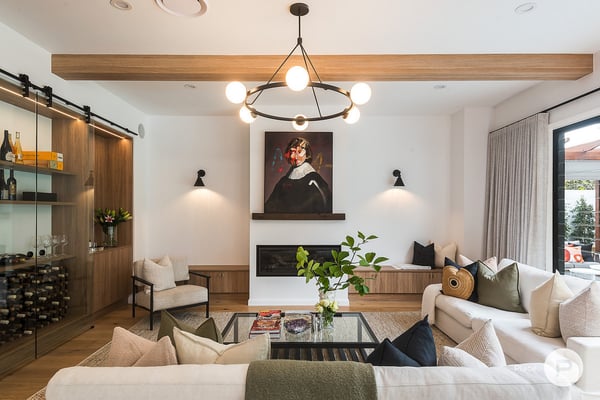The Role of Texture in Interior Design: More Than Meets the Eye

Interior design is a complex artform that involves a variety of elements working together to create a cohesive and aesthetically pleasing space. While color, lighting, and furniture are often the main focus, texture is a crucial element that should not be overlooked. Texture plays a vital role in interior design and can be used to create depth, contrast, and visual interest. In this article, we will explore the importance of texture in interior design and how it can enhance the overall look and feel of a space.
What is Texture?
In the context of interior design, texture refers to the surface quality of an object. It can be rough, smooth, shiny, matte, or anything in between. Texture can be visual, meaning that it is perceived by the eyes, or it can be tactile, meaning that it is felt through touch. Texture can be found in a variety of materials, such as wood, metal, fabric, and stone.
The Importance of Texture in Interior Design

Texture is an essential element of interior design because it adds depth and dimension to a space. It can be used to create contrast and visual interest, as well as to balance out other design elements such as color and pattern. Texture can also be used to evoke certain emotions or moods in a space. For example, a rough and rustic texture can give a room a cozy and inviting feel, while a smooth and shiny texture can make a space feel modern and sleek.
Another important aspect of texture in interior design is its ability to affect the way light interacts with a space. Textured surfaces can create shadows and highlights, which can add depth and dimension to a room. This is especially important in spaces that lack natural light, as texture can help to create a sense of depth and warmth.
How to Incorporate Texture into Interior Design

There are many ways to incorporate texture into interior design. One of the easiest ways is to use textiles such as rugs, pillows, and curtains. Textiles can add a variety of textures, from soft and plush to rough and woven. Another way to add texture is through the use of wall coverings, such as wallpaper or textured paint. This can create a focal point in a room and add visual interest.
Furniture is also an important element to consider when incorporating texture into interior design. Wooden furniture can add a natural and rustic texture, while metal furniture can add a sleek and modern texture. Mixing and matching different textures can create a visually interesting and cohesive space.
Texture is a crucial element in interior design that should not be overlooked. It can add depth and dimension to a space, create contrast and visual interest, and affect the way light interacts with a room. By incorporating a variety of textures into a space, you can create a visually interesting and cohesive design that is both functional and beautiful.







